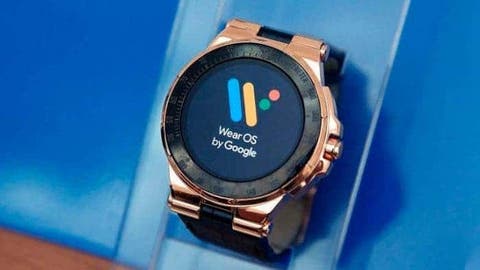Yesterday was a great day for all Apple enthusiasts out there. The company announced a slew of new features for iPhones, Macs, and Watches. The latter received a bunch of new features through the watchOS update. These features will allow Apple to keep its domain over other companies with less advanced software. While some companies like Samsung are adopting a similar strategy by controlling the hardware and software of its wearables, the vast majority of OEMs are using Google’s WearOS. Taking a ride on watchOS 7 big reveal, the company decided to outline how WearOS will support smoother watch faces. One of the new features introduced by watchOS was multiple customization features for watch faces.
According to a new support page from Android’s developer website, the WearOS platform will offer watchfaces with animations, such as smooth second-hand as opposed to one that moves every second. Thanks to Wearable Support Library version 2.7.0, developers can use hardware-acceleration for watch faces where previously, hardware-acceleration was only allowed in WearOS apps. This new support means that all developers will need to tweak their watch faces to take advantage of smoother animations and battery life improvements.
Why developers should use the hardware-accelerated canvas?
In most cases, the watch face will render at a higher frame rate when using a hardware-accelerated canvas. At higher frame rates, the animations and transitions will appear smoother to the eye. These benefits will be self-evident for all users. Developers using hardware-accelerated canvas can also access more UI performance data about your watch face. For instance, users can only access the detailed frame information in Measuring UI performance when using hardware-accelerated canvas.
Now it’s up to developers to improve current watchfaces in the platform. Hopefully, the platform will keep growing mature enough to match Apple’s offering. While many companies are offering stylish smartwatches, the operating system still is lackluster. We have been waiting for a new update for WearOS since the last update came in 2018. However, until now, Google is yet to bring good news for the supporters of this platform.
You can check if your WearOS watch is using the new feature via developer options
- On a Wear OS device, navigate to Settings > Developer options.
- Enable Debug GPU profiling.
This option draws an overlay on top of visible surfaces (one per each surface) to show the amount of time spent in each stage of GPU rendering for that surface.
- On the device, navigate back to your watch face.
- If your watch face is using hardware-accelerated canvas, you’ll see a new bar (moving from right to left) for each rendered frame of your watch face.
Follow Gizchina.com on Google News for news and updates in the technology sector.
